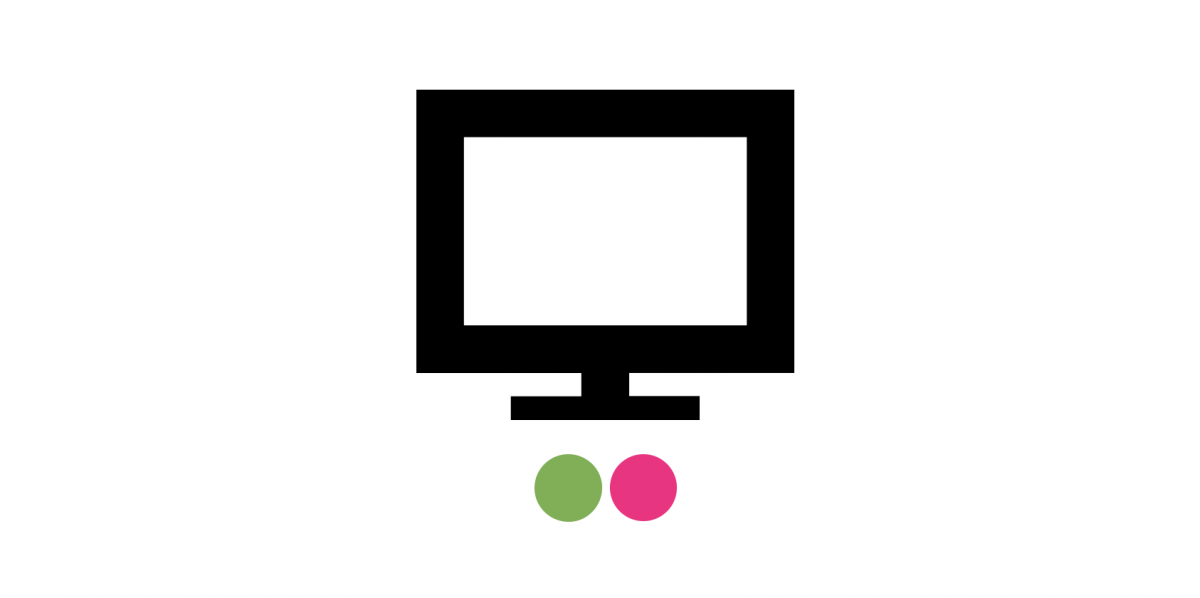Displays and Sensors on Smart Campuses (DiSSC)
DiSSC – Displays and Sensors on Smart Campuses
The DiSSC project brings together a large-scale sensor network with the world’s largest experimental pervasive display network to explore the issue of Internet of Things (IoT) trust in the context of campus systems. While the IoT is typically thought of in terms of simple sensors and actuators, pervasive displays (ranging from digital signage through to specialised control panels) form an interesting element of the IoT — offering local storage, processing and display capabilities together with a means for users to interact with the surrounding IoT. This work is the first comprehensive investigation into the use of situated displays as trusted portals and mediators for proximate IoT devices.
We will focus specifically on integrating IoT sensor units developed at Surrey with the e-Campus testbed at Lancaster. The sensor units capture a wide range of local environment data that can be used to, for example, help monitor learning spaces to determine what makes an effective campus space or to ensure content displayed is relevant to the situation. Our programme of work includes both a technical and a user-focused element. Technically we focused initially on integrating a single sensing unit with a single display (via a lightweight hub) and providing users with display applications that utilise and provide trusted access to the sensing unit. This prototype is now being expanded to include multiple sensing units and displays (both physically co-located and distributed). These prototypes will be used to inform focus groups and user studies that aim to inform our understanding of how to captilise on the situated nature of displays to increase trust in the IoT and, crucially, how to use IoT based sensors to increase the value of content shown on displays.
The work provides the beginning of a large scale IoT testbed that spans two partner campuses and we believe the work will be generalizable to other smart spaces. The deployment allows investigating and demonstrating a range of IoT security and privacy related concepts in a realistic and large scale set up. These include, ownership of personal data when collected in public spaces, data ownership of information collected on personal devices, data provenance, and the right of being forgotten while contributing to the generation of crowd-knowledge.
Target Outcomes:
- Software: (i) a display application that provides viewers with an awareness of nearby IoT devices. (ii) open source libraries to support export of Surrey sensor data and Lancaster signage data into an IoT hub.
- Testbed: the start of a smart campus IoT testbed that incorporates two important IoT elements (sensor units and displays) and is in operation on two partner campuses. This will be reusable in other projects.
- New Understanding and Guidelines: the world’s first research insights into the use of displays portals for trusted access to proximate IoT devices.
News Story:

